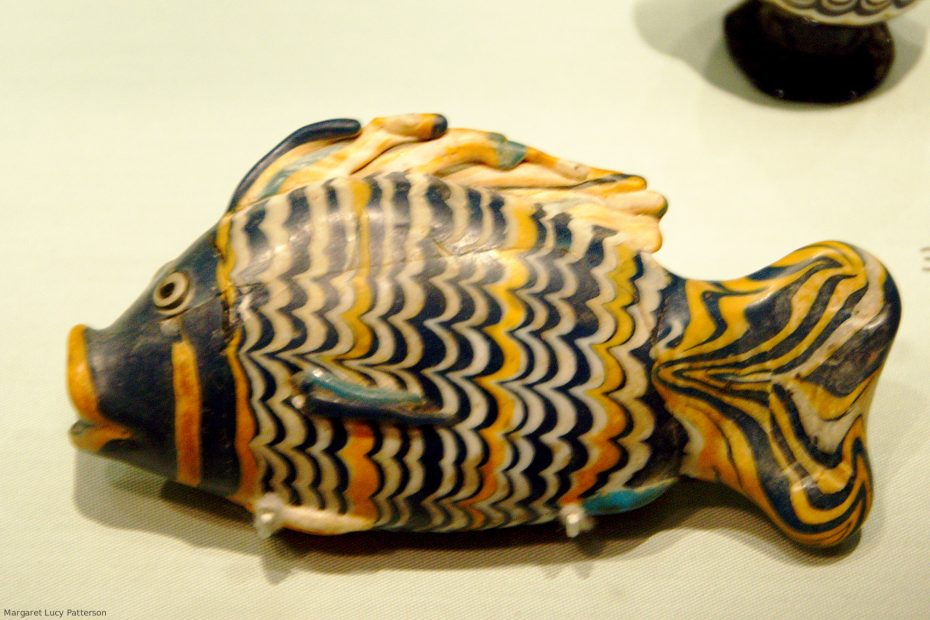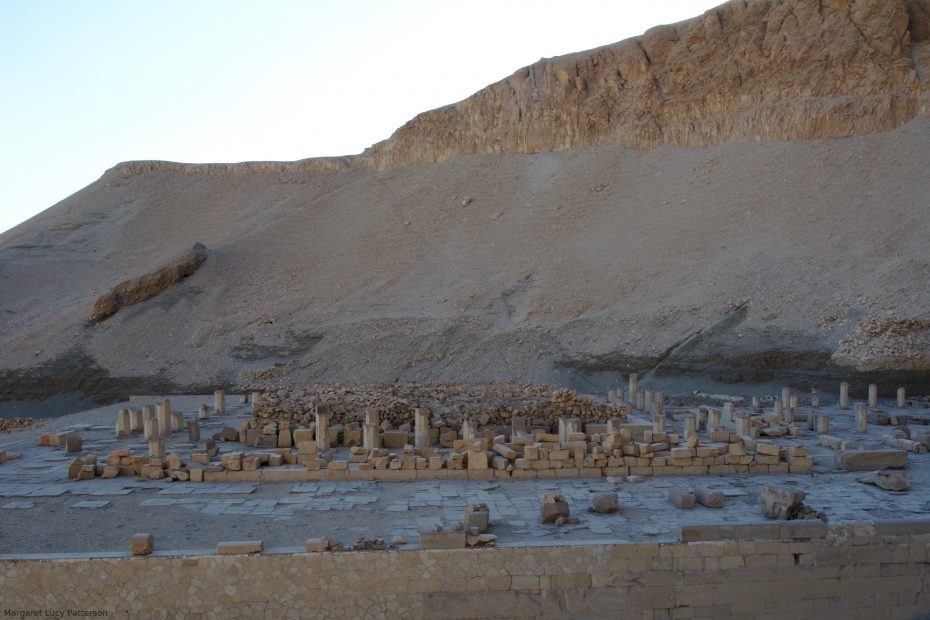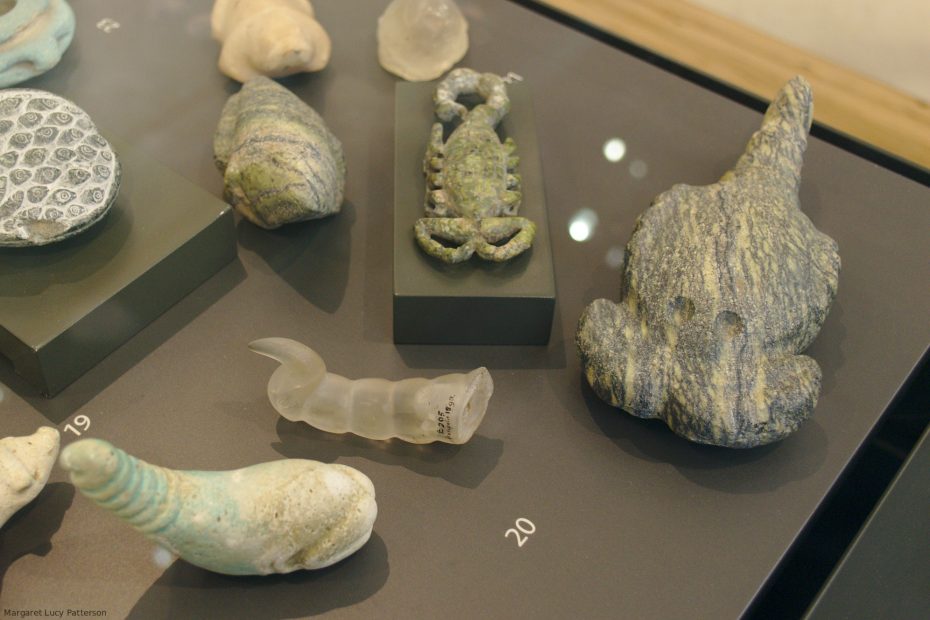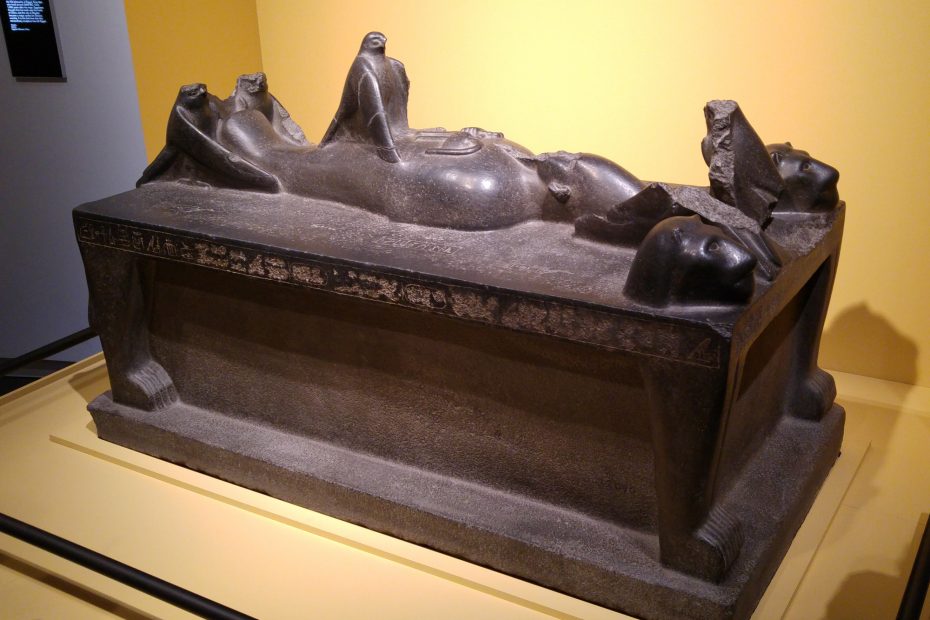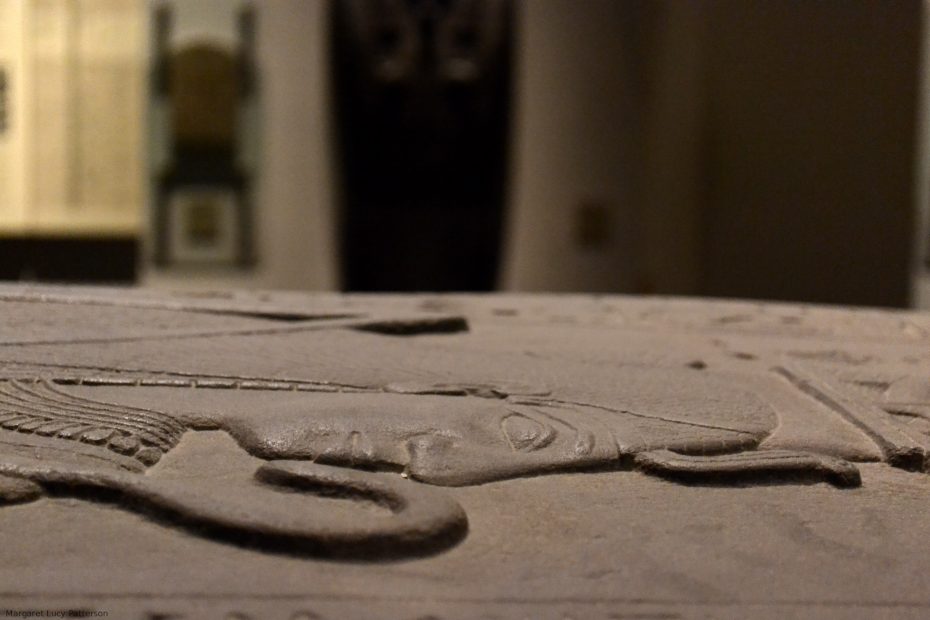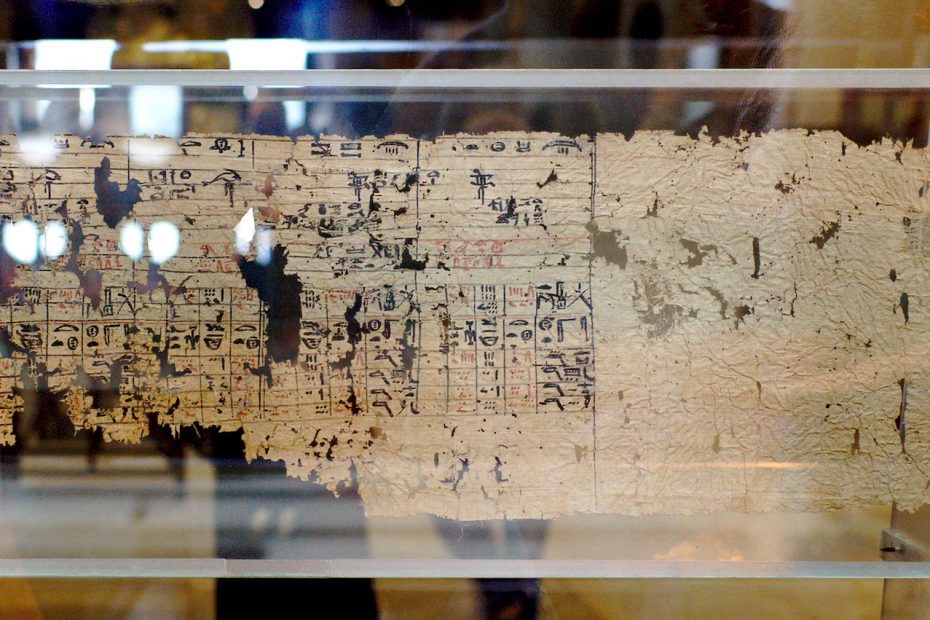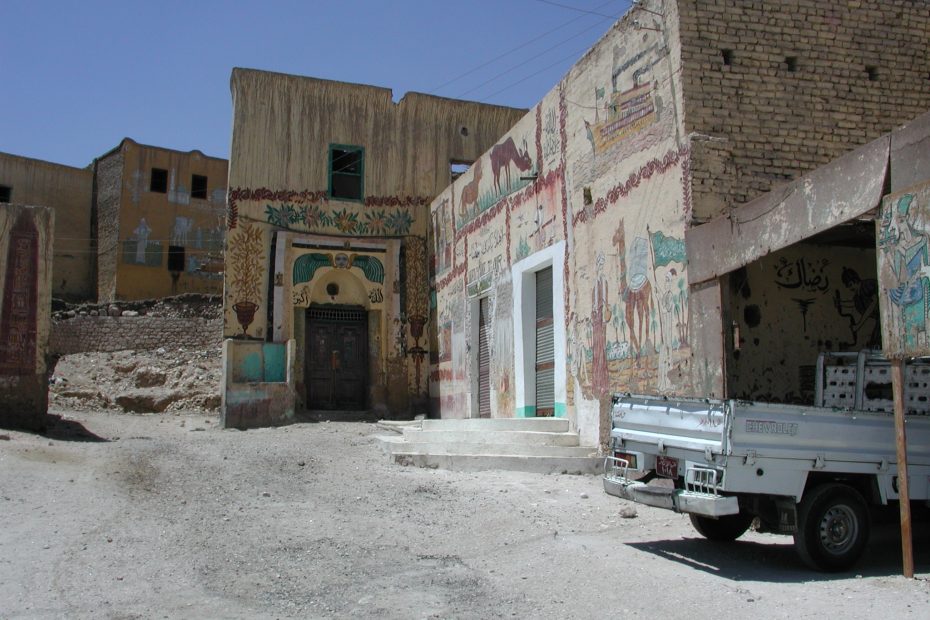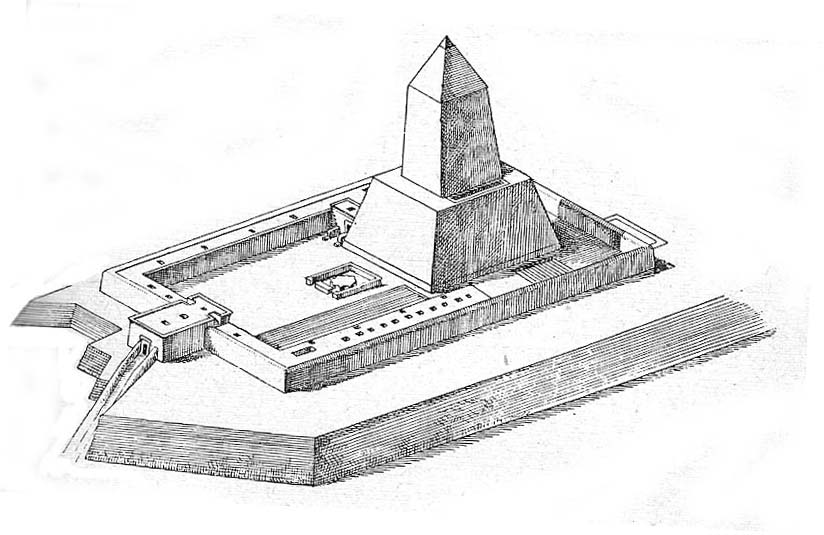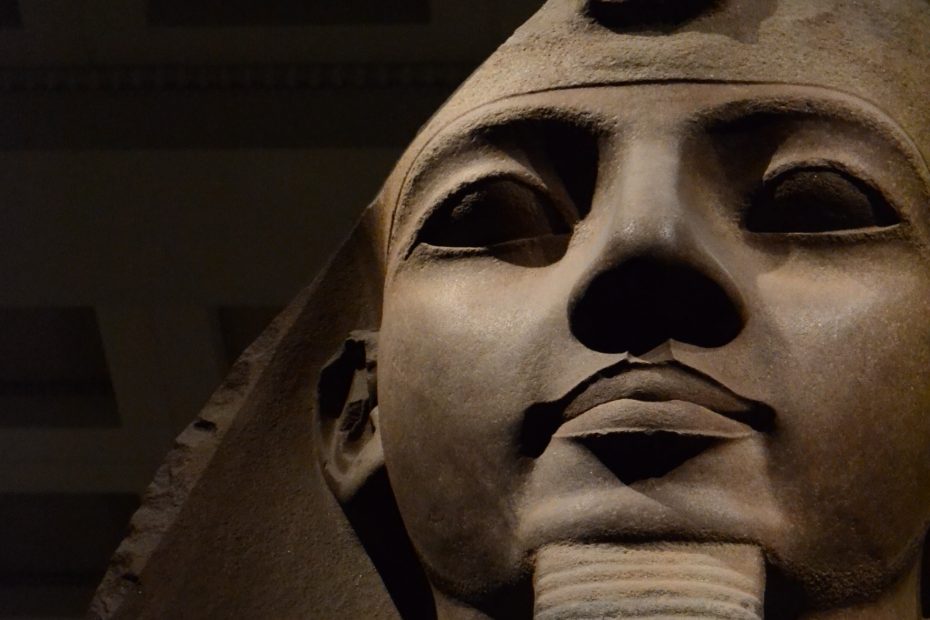“The chaîne opératoire of Ancient Egyptian glass manufacture: raw materials, production and use” Dr Anna Hodgkinson
At the beginning of December Dr Anna Hodgkinson gave a talk to the Essex Egyptology Group about her work on glassworking in Ancient Egypt (working with a team of Egyptian and international workers and archaeologists, under the auspices of the Amarna Project and Freie Universität Berlin). She began by setting the scene for use of glass in Egypt and nearby areas like Mesopotamia and the Levant in ancient history. The earliest occurrence of glass in this region is of natural glass, and there are two types of this. The first is natural glass, which is a result of natural events like meteoric impact in the desert. This was used throughout Pharaonic Egypt and was mainly sourced from the western (or Libyan) desert. The other type is obsidian, which is a volcanic glass and was rarely used in Egypt – mostly for tools. The first regular occurrence of artificial glass in… Read More »“The chaîne opératoire of Ancient Egyptian glass manufacture: raw materials, production and use” Dr Anna Hodgkinson
